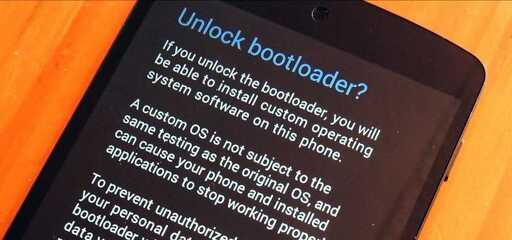Samsung has decided to proceed with the Bootloader blocking also in Europe, a move that has caused a lot of discussion. Behind this choice is a European regulation that will come into force in August 2025 and which risks changing smartphone usage in Europe forever. This is why other manufacturers may soon follow suit.
From 1 August 2025, new provisions will come into force RED Directive (Radio Equipment Directive), which redefines the compliance requirements for all radio devices sold in Europe. This is a significant change, not so much for the amount of regulations introduced, but for the effect they will have on the entire Android ecosystem. The issue revolves around three articles that impose specific protections: against network interference, personal data compromise, and digital fraud. These are, in themselves, sacrosanct rules.
But the crux comes with the interpretation prevailingEach device must ensure full compliance not only with the hardware, but also with the software that controls the radio modules. This is where the bootloader comes in. Unlocking it essentially allows you to replace the original operating system with an alternative one, such as LineageOS or GrapheneOS.
But these systems, if they modify the radio drivers even minimally, invalidate the CE certification. An uncertified device can no longer be legally marketed or used, at least according to the most stringent reading of the law.
This scenario has therefore led Samsung to protect its devices. Not on a whim, but to avoid any software modifications falling under your legal liability. If a user installs a ROM that interferes with radio frequencies or compromises communications security, the manufacturer (and in some cases the importer) may be held directly liable.
RED does not explicitly talk about unlocking the Bootloader or custom ROM, but it opens one regulatory space in which the margins for maneuver are they narrow. And in doing so, it provides a solid argument for those who have been trying for years to close the loop between hardware, software, and services. After all, customizing the operating system also means breaking away from proprietary services and, therefore, from the model that ties the user to the brand.
Samsung is just the first to move, but it’s hard to imagine it will be the only one. Starting in August 2025, it’s very likely that other manufacturers will follow suit, at least for the European market.



Microsoft is fine if you don’t buy computers anymore
It won’t miss you in particular
This is what’s going to happen with PCs
https://lemmy.ml/post/33992840/20208076
And the Linux foundation will just sit by letting it happen? Or Valve for that matter, they appear to have anticipated this risk over a decade ago.
Yes, Valve saw this possibility back in the days of Windows 8
But look at phones, the supply chains mostly delivery bootloader locked and unlockable devices.
And now the latest windows require TPM 2.0
It requires TPM 2.0 to be married to the CPU, non user removable
Microsoft Pluton is an early version of a crypto processor.
They are putting the pieces in place slowly
and they have all kinds of good reasons
“why this isn’t something you should worry about”
RISC-V’s time to shine! (IIRC it is open source instruction set).
And time to hold on to old devices. They’ll become like old cars: the only ones the owner can fully control.
Storage and processors don’t last forever. As parts break down, you won’t be able to replace them. Need a new hard drive? Sorry, it’ll only talk to motherboards that shake its hand.
RISC-V you are our only hope,
only use open source BIOS
Never factory bootloader-lock !
It is an open source architecture but it doesn’t prevent the OEM from adding anything to it to prevent user from doing anything on it. They can add TPM, locked bootloader with fixed signing key stored on board. They can add microprocessor inaccessible to anyone but OEM. They can add spyware, malware. All this without any need for declaring it or need to make it open source.
The only change RISC V brings is there is no need to pay for a hardware architecture, benefitting the manufacturer. Rather than bringing freedom to the user.